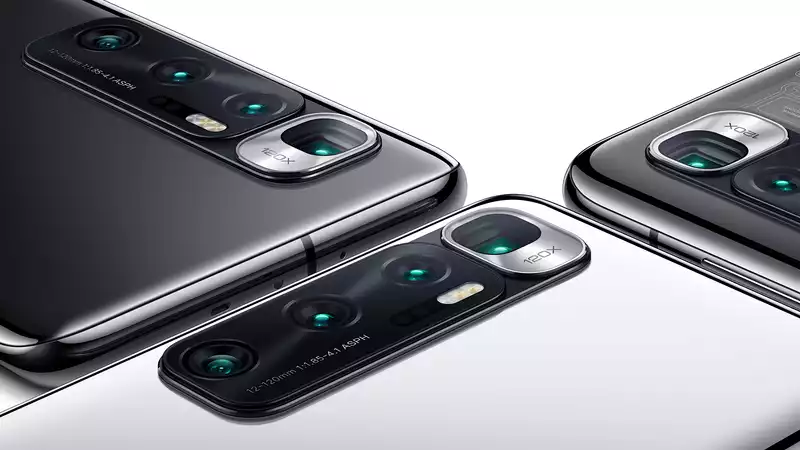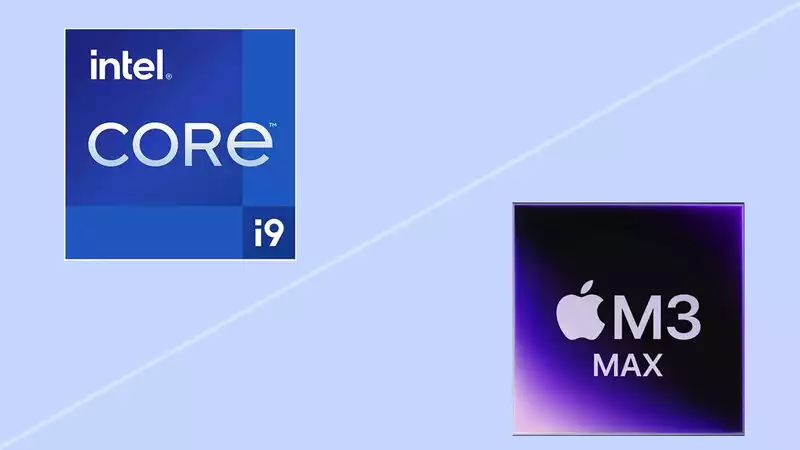Xiaomi's Mi 10 Ultra is a new premium Android smartphone that will make smartphones like the Samsung Galaxy S20 Ultra and OnePlus 8 Pro tremble.
The phone is based on the Xiaomi Mi 10 Pro, but has upgraded several key components to create a smartphone with class-leading specs such as up to 120x zoom and 120W charging. While cost and availability for U.K. and U.S. customers is uncertain, the Xiaomi Mi 10 Ultra could be one of the best phones released this year.
Here is everything you need to know about the Mi 10 Ultra, including its price, release date, and specs.
The Mi 10 Ultra was announced in China on August 11 as part of Xiaomi's 10th anniversary celebration. It will be available for purchase in mainland China on August 16, but no announcement has yet been made about beyond that date.
The Mi 10 Ultra will not be available in the US, as Xiaomi has not yet begun selling the device in the US. Xiaomi phones are available in the UK, but even the regular Mi 10 series is not yet available. Therefore, it is unclear when the Mi 10 Ultra will be available. [8GB/128GB, 8GB/256GB, 12GB/256GB, and 16GB/512GB. These are priced at 5,299 yuan ($762/£584), 5,599 yuan ($805/£617), 5,999 yuan ($863/£661), and 6,999 yuan ($1,007/£771) in rough USD/GBP terms, respectively.
Given that the Mi 10 Pro is already available in Europe for €999 ($1,080/£870), the real price when the Mi 10 Ultra launches is likely to be considerably higher: around $1,300 to $1,400 is expected, and the Mi 10 Pro is expected to be available in Europe for €1,999 ($1,080/£870).
The Mi 10 Ultra is an attractive but fairly orthodox 2020 Android phone. There is a punch-hole camera on the front, embedded in the upper left corner of the full-screen display. The left and right edges of the display are curved, and while not necessarily comfortable for the user, they look beautiful and could lead to accidental tapping on the screen.
The back is all about the camera module. The four vertical sensors and flash module on the left side are wrapped in black, while the headline 120x zoom camera is trimmed in silver.
Color choices include Obsidian Black and Mercury Silver. There is also a transparent edition, which is a bit misleadingly named; rather than showing the components underneath the phone's back panel, Xiaomi traces them onto the panel, making internal parts like NFC and wireless charging coils look more abstract.
With a curved 6.67-inch AMOLED panel, the Mi 10 Ultra is slightly smaller than the 6.8-inch to 6.9-inch displays of its competitors and shares almost the same specs as the Mi 10 Pro. The differences are that the refresh rate is 120 Hz instead of the Pro's 90 Hz, the vertical resolution is slightly higher, and HDR10+ and 10-bit color render videos and other images more vividly.
The 1080 x 2400 resolution means that the Mi 10 Ultra is still an FHD+ phone, rather than the 4K display found on the S20 series, Note 20 Ultra, and OnePlus 8 Pro. However, 4K and 120Hz equals shorter battery life, so users may understand Xiaomi's reluctance to use the screen entirely in order to increase the interval between charging cable connections.
Looking at the camera specs, the Mi 10 Ultra may appear to be a downgrade. The main camera uses a 48MP sensor instead of the 108MP sensor of the Mi 10 Pro. This puts it at a surface disadvantage against lower-spec models, similar to Samsung's Galaxy S20 Ultra and Galaxy Note 20 Ultra, but Xiaomi claims that the camera's "4-in-one Super Pixel" pixel binning technology leads to superior low-light performance Xiaomi claims that the camera's "4-in-one Super Pixel" pixel binning technology leads to superior low light performance. Besides, a huge 108MP camera has proven difficult to use in cell phones in the past, and a 48MP would be a more stable bet.
The Mi 10 Ultra's 20MP ultra-wide camera and 12MP 2x zoom portrait camera are identical to those used on the Mi 10 Pro. The major difference is the new 48MP 5x zoom telephoto camera, which appears to be able to achieve a maximum magnification of 120x. This is 20% more than the 100x space zoom of the Galaxy S20 Ultra, the previous champion of zoom technology in smartphones.
To convince potential customers of the sensor's quality, Xiaomi has provided evaluation handsets to cell phone camera reviewer DXOMark, which has yet to review the Note 20 Ultra. But it is an impressive achievement nonetheless.
As for the chipset, the Mi 10 Ultra uses the same Snapdragon 865 as the rest of the Mi 10 series. Xiaomi has decided not to use the Snapdragon 865 Plus, which may sacrifice performance when compared to the new Android flagships. By the same token, the 865 chip means sub-6GHz 5G is a certainty, and mmWave 5G is also an option. However, China is a sub-6GHz country, and most of the European countries where Xiaomi is also seeing a lot of sales are in India.
As for software, expect a MIUI 12 version of Xiaomi's Android 10. While not one of our favorite Android skins because it adds a lot on top of the stock experience, it is still attractive to look at with an emphasis on keeping the device optimized by running only the most necessary apps.
There are four RAM and storage options, with the smallest at 8GB/128GB and the largest at 16GB/512GB. This means there is plenty of speed and capacity for whatever task you want to use the phone for.
The Mi 10 Ultra's 4,500mAh capacity sounds like the same cells as the Mi 10 Pro, but it's not; the Mi 10 Ultra actually has two cells of the same capacity. The reason for this is to support the new 120W Mi Turbo Charge standard, which Xiaomi claims will fill up in 23 minutes. This is very fast compared to most other fast chargers. Samsung's 25W Brick and OnePlus' 30W charger are also respectable, but not as good as this.
The blazing speeds don't stop there; the Mi 10 Ultra also features 50W wireless charging, which allows for a 100% charge in 40 minutes. The best wireless charging technology we have tested is OnePlus' 30W wireless charging on the OnePlus 8 Pro, but Xiaomi has once again broken the record.
Finally, there is 10W reverse wireless charging, which allows the Mi 10 Ultra's battery to power wireless charging-enabled accessories such as wireless earphones and smartwatches.
One can't help but respect Xiaomi for the technology packed into the Mi 10 Ultra. If the charging technology works as promised, it will be a class above, and the camera setup has great potential to beat the competition.
However, some obvious downsides are already visible. This is going to be a hard phone to get unless one buys an unlocked phone from an online auction site, making what is likely to be an expensive phone even more expensive.
Coupled with Xiaomi's decision to keep the display resolution at FHD and the chipset at a basic Snapdragon 865, it may stumble in comparison to the Galaxy Note 20 Ultra and the upcoming OnePlus 8T. Still, this is a great looking phone to celebrate the company's 10th anniversary, and we'll see how these components perform in real life when we test it.
.









Comments